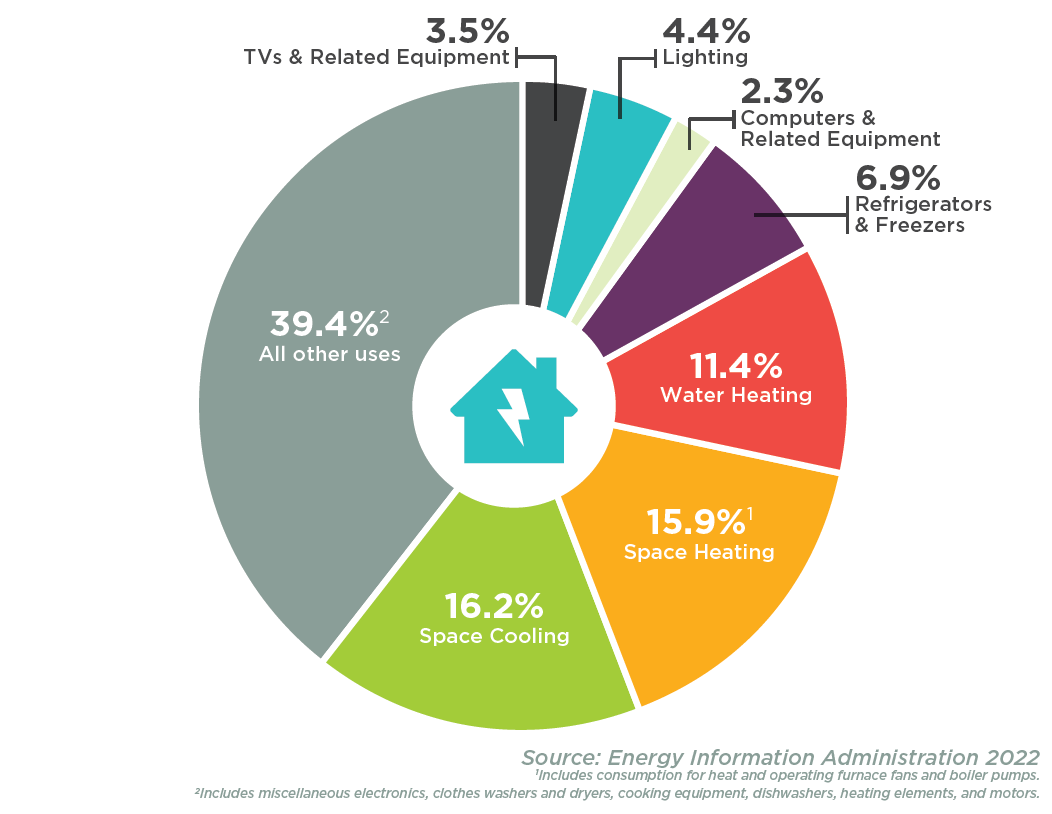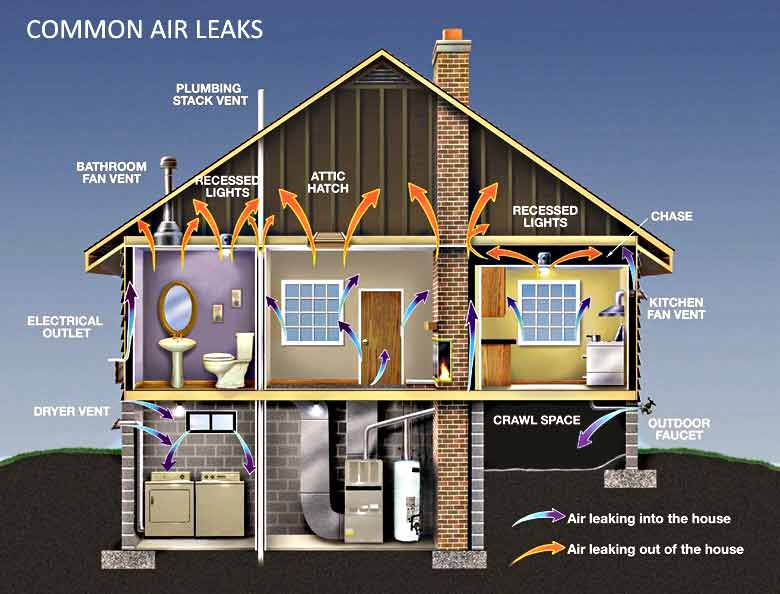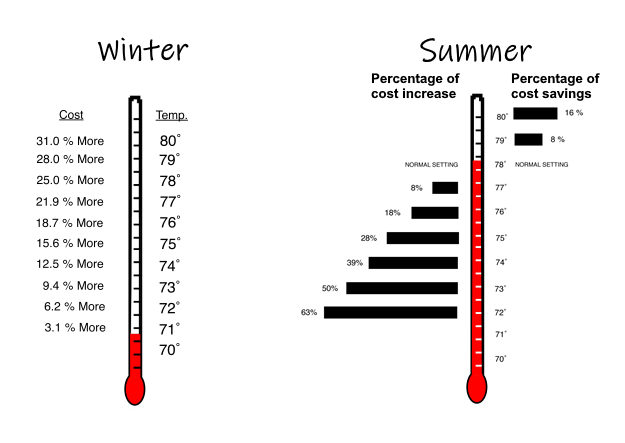ADDITIONAL ENERGY AND MONEY SAVING TOPICS:
Properly insulating your home plays a major part in energy usage. Air leaks are among the greatest sources of energy loss in a home. One of the quickest energy- and money-saving tasks you can do is caulk, seal, and weatherstrip all seams, cracks, and openings to the outside. By sealing uncontrolled air leaks, you can save 10%–20% on your heating and cooling bills.
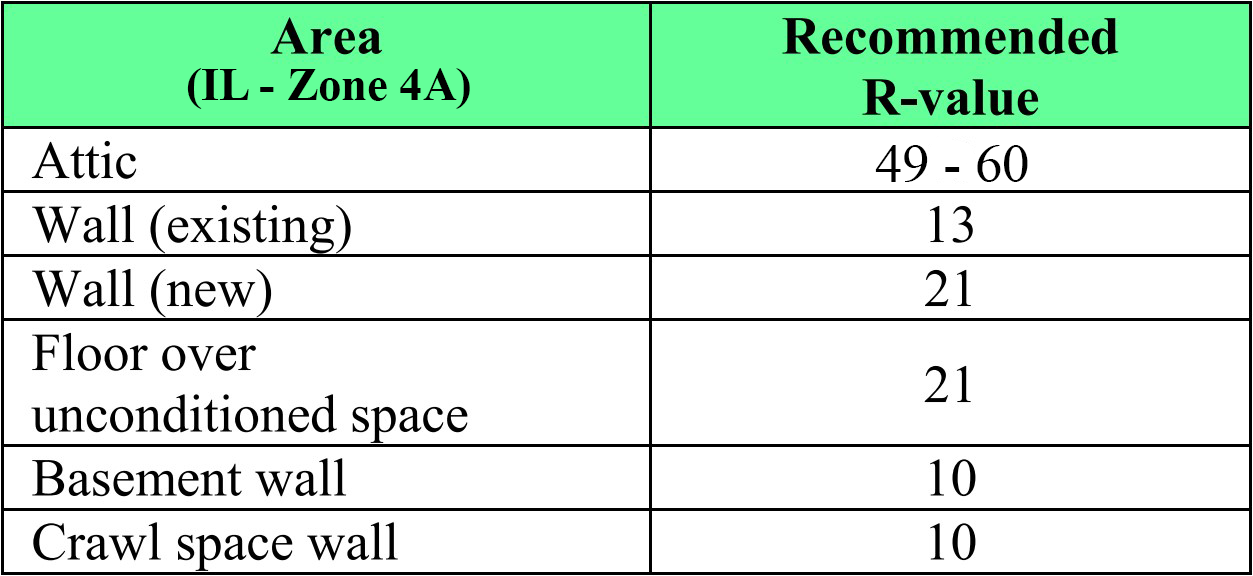
FULL WEBSITE
Sources: Energy.gov & Keepwarm.illinois.gov
Air Leaks
- Seal from the inside. Seal gaps and holes in walls, floors, and ceilings with caulk or foam sealant. Look for cracks around windows and where wires and pipes pass through.
- Caulk along baseboards with a clear sealant.
- Caulk around openings where water and drain lines through walls underneath bathroom and kitchen sinks.
- Caulk electrical wire openings at the top of the interior walls in the attic.
- Ensure windows and doors are properly weather-stripped and use door sweeps.
- Ensure window A/C units are weather-stripped.
- Caulk around storm windows and basement windows.
Air Ducts and Insulation
- Have your duct work checked for leaks. Leaks at the return, air handler and supply can be a major source of high bills. For mobile homes, check for leaks at the grill, cross over duct and down flow air handler.
- Ensure attic access door closes tightly and is insulated.
- Make sure insulation in your attic does not block soffit vents.
- Verify your ducts are tightly connected to your HVAC equipment. Well-sealed and insulated ducts can save up to 10%.
- Insulate electric wall outlets and wall switches with foam pads.
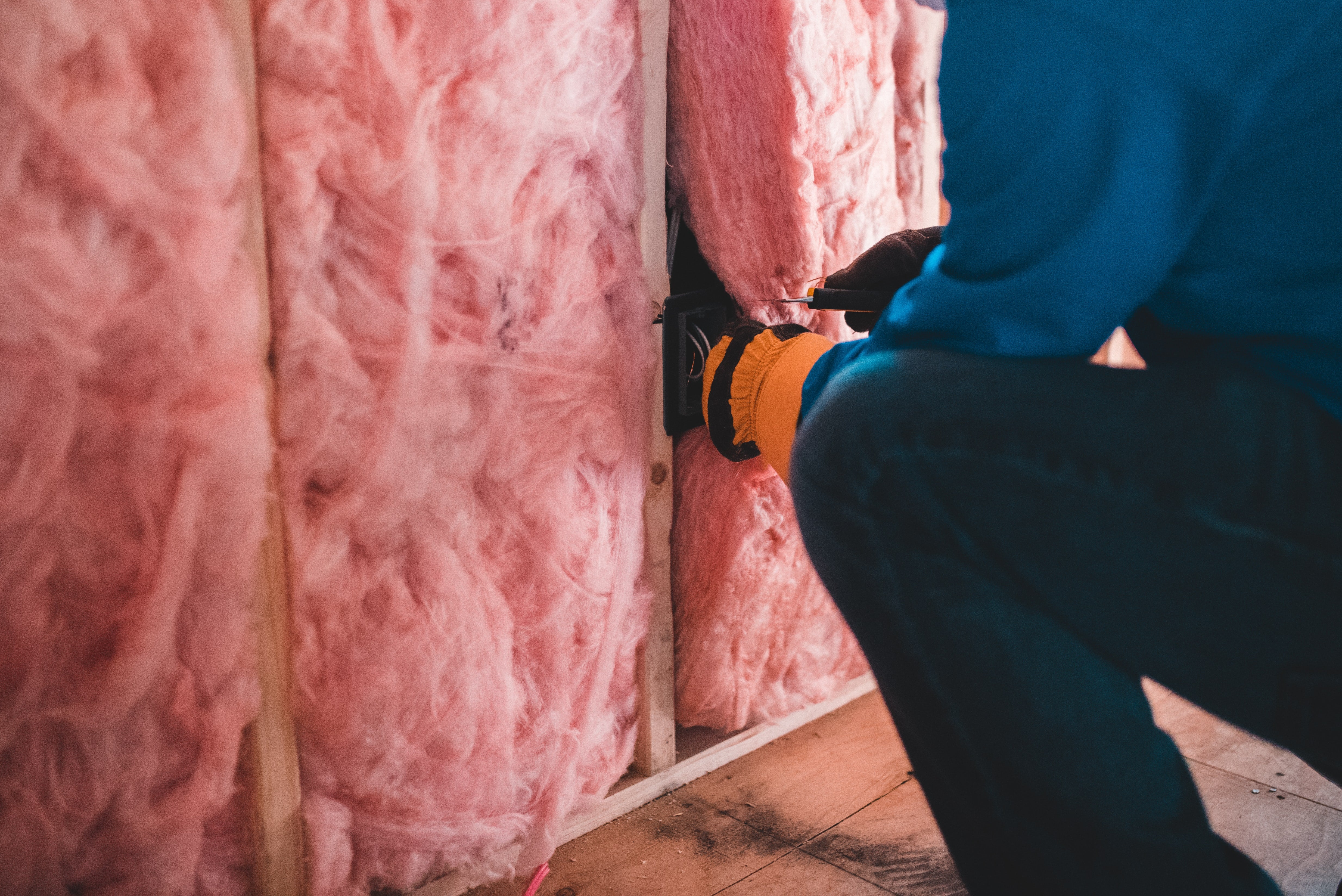
USAGE
- ALL space heaters are energy hogs. They will use roughly 1,500 watts of energy per hour! That’s $3.42/day or $102.60/month if used 24 hours a day.
- Every space heater has its watt usage on the back: 1,000 watts = 1 kWh. kWh is Kilowatt/hour. Take the kWh calculation x the current rate (check latest bill to find it).
- You will spend less money by adjusting your thermostat, or using the space heater as intended – to heat a small space for a short period of time.
- An electric blanket is a nighttime heating alternative.
- Investing in insulation for the attic and around duct work will save on energy use. Check the duct work for possible problems and your fireplace damper for heat loss.
- Caulk and weatherstrip windows and doors to prevent heat loss, and use ceiling fans to help pull warm air from other parts of the house
SAFETY
- Never leave a space heater unattended or use while asleep
- Inspect power cord regularly, don’t use if damaged
- Use on a level surface
- Don’t use near foot traffic, children or pets, and keep it at least three feet away from furniture, curtains, decorations and walls
- Newer models have the latest safety features
- Buy a heater with the cool-to-the-touch cabinet feature
- Make sure heater has Underwriters Laboratories label (UL)
- Portable heaters should have a tip-over safety shut-off device
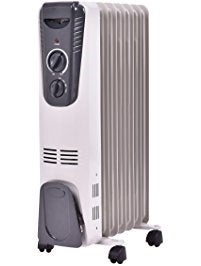

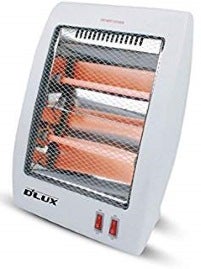
Watt:
-
All devices require a specific amount of wattage to operate properly. (Example: perhaps a small space heater requires about 1,000 watts)
-
Kilowatt: Basic unit of electrical power. A kilowatt equals 1,000 watts. (Example: the small space heater requires 1.0 kilowatt)
-
Kilowatt-hour (kWh): One kilowatt of power used for one hour equals one kilowatt-hour. (Example: the small space heater, left on for one hour, uses 1 kilowatt-hour. At 10 cents per kWh, that heater costs $2.40 per day and $72 per month if on continuously.)
-
Most appliances list the power used in watts. Look for the serial plate on the bottom or back of the appliance to determine watts used. (120 watts might be written 120W)
Traditional lighting can amount up to 12% of your monthly energy use. Energy-saving light bulbs can slice lighting costs by 75%
Indoor
- Replace any light bulb, especially ones that burn more than one hour per day, with a light-emitted diode (LED) bulb.
- Use fixtures with electronic ballasts and T-8, 32-watt fluorescent lamps.
- Turn off unnecessary lighting.
Outdoor
- Replace outdoor lighting with its equivalent outdoor-rated LED bulb. LEDs work well in cold weather.
- Use outdoor security lights with a photocell and/or a motion sensor.


